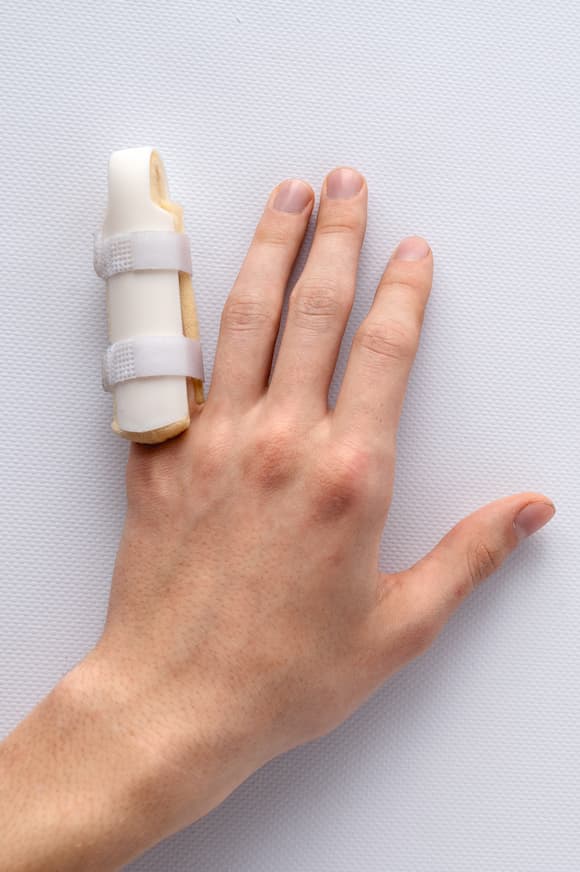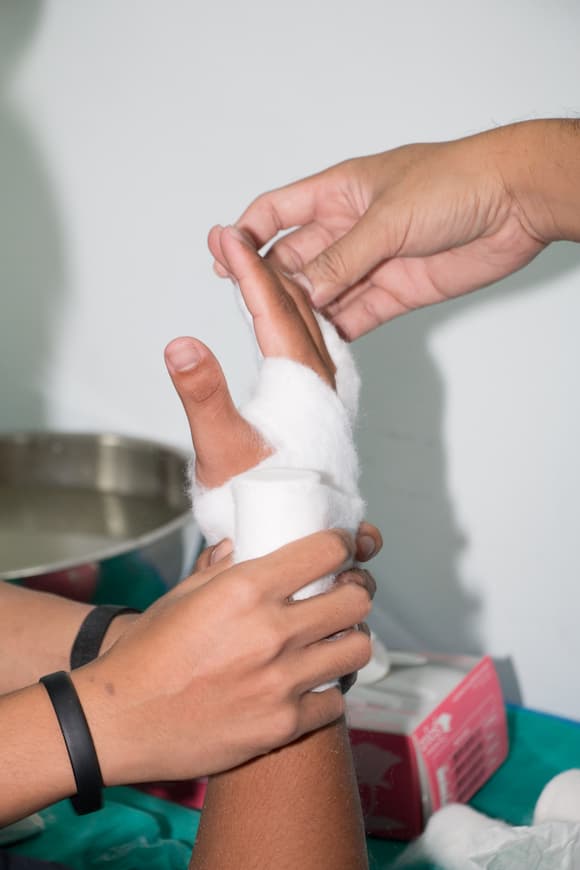Fractures of the wrist and hands are commonly named for their anatomical location, how they occurred, or a doctor that discovered or studied the given type of fracture.


The fingers are susceptible to fracture in household mishaps, recreational injuries and work-related trauma.
Some of the common fractures are:
Most hand fractures are stable and do not require surgery. However, occasionally, fractures will not heal without appropriate surgical intervention. Internal support or "hardware" is necessary to stabilize fractures. The therapist may apply a form fitting, custom thermoplastic splint to protect the fracture during healing. These splints may be removed for exercise and hygiene.
Most therapy programs commence days later as recommended by the surgeon. Hand therapy is recommended to regain motion, increase strength, decrease pain, and reduce swelling. Therapy for the recovery may continue for weeks or months to restore functional goals.
Common treatments for restoring hand or finger range of motion are as follows.
The goal for hand therapy is to promote wound healing, restore function, increase mobility and strength, decrease pain and lower the risk of complications and non-healing,

